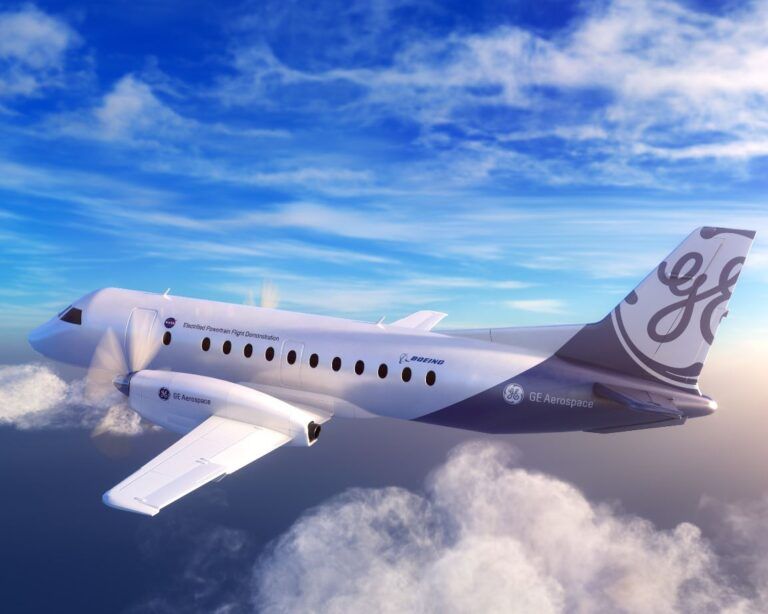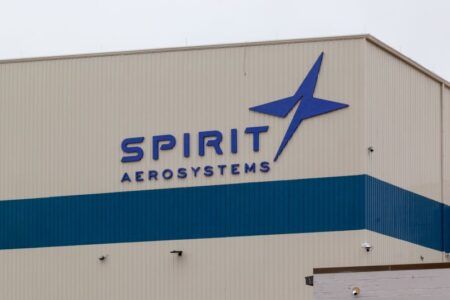GE Aerospace joined NASA to unveil the paint scheme for the hybrid electric aircraft it will fly as part of NASA’s Electrified Powertrain Flight Demonstration (EPFD) project.
Under EPFD, GE Aerospace is developing a megawatt-class hybrid electric powertrain for ground and flight tests in the middle of this decade.
Boeing and its subsidiary Aurora Flight Sciences are partnering with GE Aerospace to support the flight tests using a modified Saab 340B aircraft powered by GE’s CT7 engines.
“GE Aerospace envisions a more electric future of flight. Our research collaborations with NASA continue to advance propulsion systems with an important aim — to drive industry efforts to improve efficiency and reduce emissions compared to today’s aircraft engines,” said Arjan Hegeman, general manager of advanced technology for GE Aerospace.
GE Aerospace has achieved several technical milestones over the last decade for development of a hybrid electric propulsion system.
In 2022, GE Aerospace completed the world’s first test of a MW-class and multi-kilovolt (kV) hybrid electric propulsion system in altitude conditions up to 45,000 feet that simulate single-aisle commercial flight. This test took place at NASA’s Electric Aircraft Testbed.
Leading up to last year’s milestone, GE Aerospace had been maturing hybrid electric propulsion systems through a series of increasingly complex steps, including a 2016 ground test.
To meet increased demand for hybrid electric aircraft engine component testing in coming years, GE Aerospace announced in May 2023 plans to invest up to $20 million to add a new test cell and equipment at the Electrical Power Integrated Systems Center (EPISCenter) in Dayton, Ohio.





